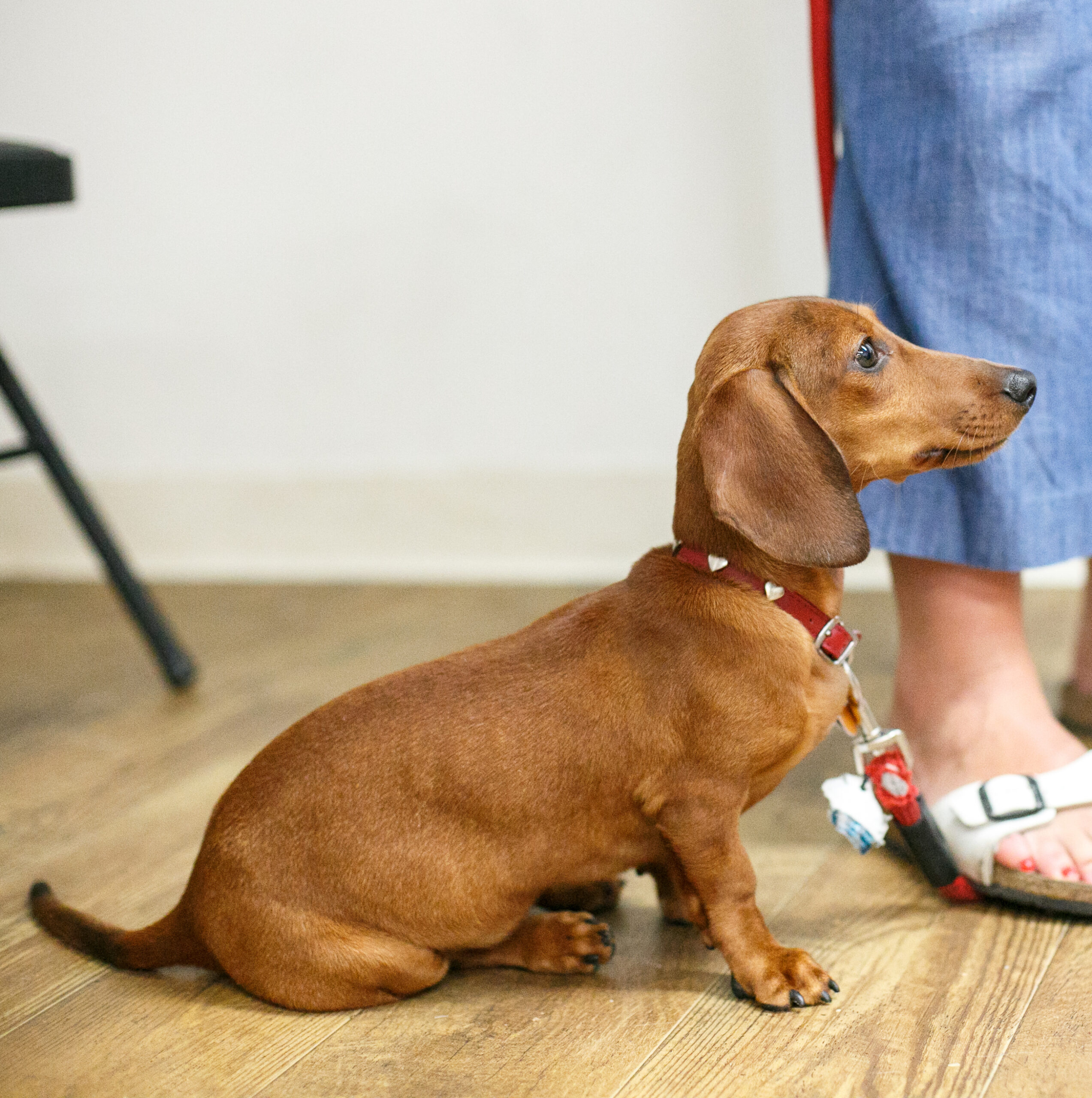
Front Clip vs Back Clip Dog Harness: Which One Is Right for Your Pet
Teaching a dog to walk nicely on leash is, in theory anyway, a fairly easy task. It comes down to teaching the dog to enjoy following you and to consider it more rewarding than other endeavors, such as pulling ahead or lagging behind. The hard part of teaching your dog to walk nicely on leash comes down to the fact that this potentially enjoyable endeavor happens outdoors where your dog is exposed to an almost endless list of distractions. Furthermore, most dogs see their daily walks as some of the most thrilling moments of the day. So, distractions added with a high level of stimulation equals a dog who is probably not in the ideal canine student mindset.
Setting aside the fact that as many brief (3-5 minute) training sessions indoors throughout the week as possible will bode well for your dog and you becoming pleasant walking partners for many years to come. To begin, have your dog on leash and take just one or two steps before you stop and wait for your dog to sit. Stay calm and quiet so your dog has the best chance to think about the situation and offer a sit in the hopes it is what you are looking for when you stop. Use a marker (the word ‘yes’ or a clicker will do) to specifically pinpoint for your dog that sitting when you stop is what will earn the reward of a tiny treat (or a piece of the dog’s normal meal) and the continuation of the walk for another step or two by offering one or more of these rewards right after the marker sound. Gradually increasing the steps in between stops and making changes of pace and direction will further enhance your dog’s desire to engage in the on leash training game of walking nicely with you.
During the time you are helping your dog develop a foundation of understanding of what it means to walk next to you on a slack leash and sit when you stop, consider using a training tool that offers what is the equivalent of power steering in a car. Front clip harnesses have risen in popularity over the last few years as people have become aware of their usefulness as a gentle training aid.
Back clip harnesses
With front attachment harnesses such as the Easy Walk and the Sense-Ation brands the leash attaches to the clip which sits in the middle of the harness low on the dog’s chest. Having the leash attached here as opposed to the part of the harness that sits in the middle of the dog’s back (as on a traditional harness) can make a dramatic difference in regards to the dog’s ability and reflexive response to pull. When comparing front clip vs. back clip harnesses, it’s important to note that front clip harnesses provide more control, especially for dogs that tend to pull. Opposition reflex is the dog’s natural inclination to push or pull against pressure. That’s why if you try to pull a pup towards you, they are likely to lean back, and if you try to push a dog into a down they are likely to brace themselves and push up against the pressure. This is a natural reflex. In many cases, the same holds true when using a traditional harness.

Benefits of Front Clip Dog Harnesses
Allowing the dog to pull forward (for which the traditional harness is designed to do superbly well) only acts to encourage the dog’s reflex to pull against the pressure. That is why a variation of these types of traditional harnesses is used with sled dogs, to make it easier for and to encourage them to pull. Front attachment collars do not encourage this opposition reflex in the same way. As the front strap sits low across the dog’s chest, they also are not as likely to cause choking, coughing or other discomfort.
While front attachment and traditional harnesses may look quite similar as they hang on the rack at your local pet store, they are unique in regards to their efficacy as gentle training aids. Front attachment dog harnesses can be a wonderful part of your trainer’s toolbox to help your dog become a calmer, more connected walking partner.
Explore Our Dog Training Courses
Educate your dog with Andrea Arden and her team.
New York | Los Angeles | Connecticut
Share
- Group Classes
- Private Lessons
- Virtual Training
- Puppy Play Groups
- Puppy Training
- Articles & Advice

